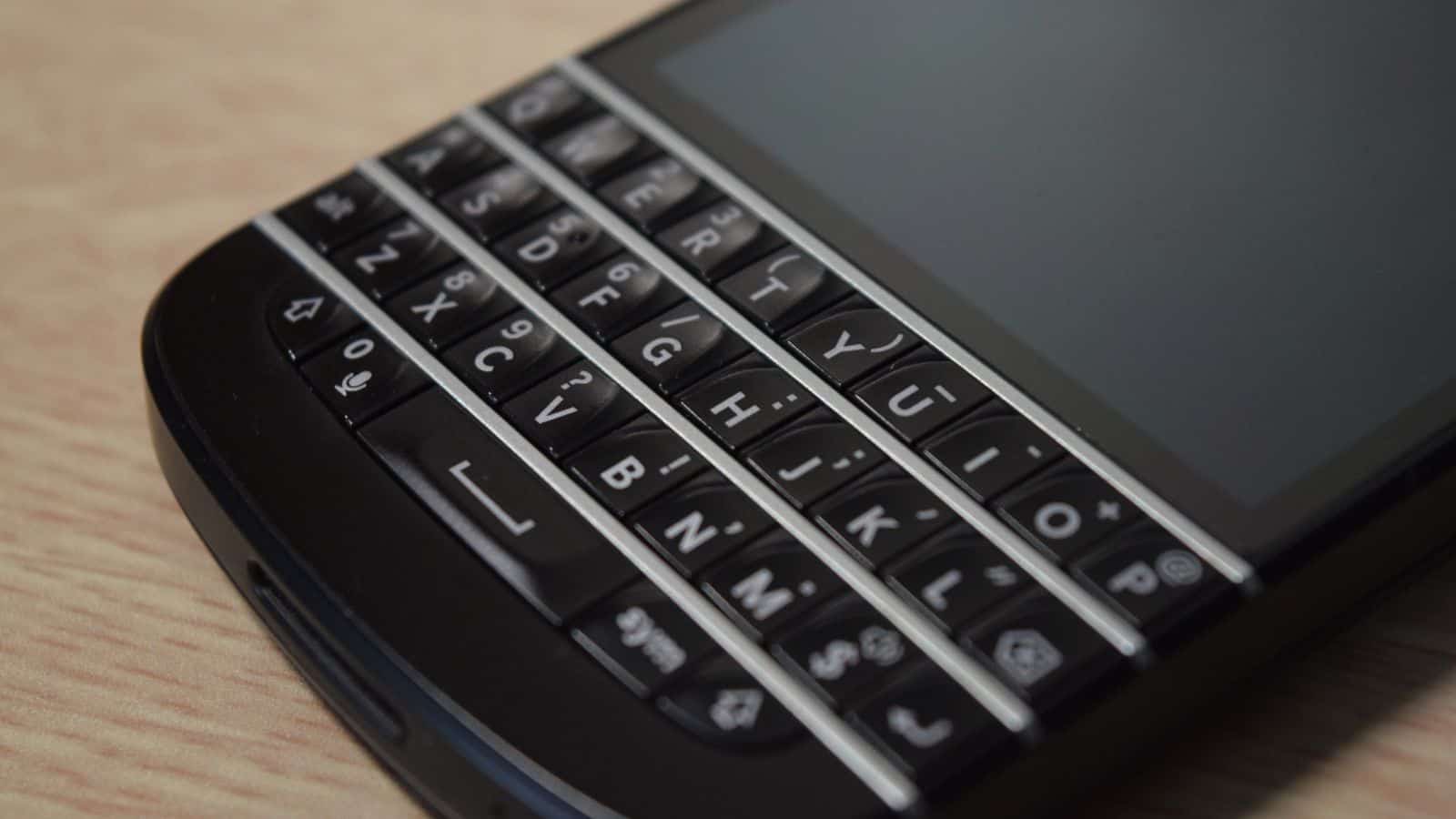Advancements in technology have always given us innovative, more convenient ways to live. While they’ve made us more comfortable over the years, these advancements have also rendered a lot of things we loved obsolete, including the following 17 things that used to be great but no longer exist.
Movie Rentals

Movie rental stores were hugely popular in the ‘90s and ‘00s. Blockbuster, for example, had over 58,000 locations in the US, and in 2004, Business Insider reported it raked in a massive $5.9 billion in revenue. Sadly, Blockbuster made the fatal mistake of evolving sluggishly within the video streaming landscape, ceasing its operations in 2014.
Pagers

At one point, owning a pager was like owning the newest smartphone on the market. These small, portable telecommunication devices allowed people to send messages anywhere and anytime. However, pagers rapidly became outdated when cell phones arrived with more sophisticated features.
Portable CD Players

Predating MP3 players, portable CD players such as the Sony Walkman first came out in 1979, revolutionizing how people listened to music. However, after 30 successful years of sales, Sony halted the Walkman’s production in 2010 due to its redundancy, as CNN announced, marking the end of portable CD players and the beginning of smartphones.
Phonebooks

Before the telephone existed, books containing the names of city residents could be found in most households. However, once telephones became household items, everyone’s phone number was listed in the phonebook. Sadly, despite being so useful at the time, phonebooks are no longer used, as landlines have almost completely disappeared.
Game Boys

Just two weeks after its release in Japan in 1989, Nintendo sold out its entire stock of its cutting-edge Game Boy, which, once restocked, continued to sell 118 million units. It was groundbreaking then, but sadly, these handheld consoles have long since been replaced by more powerful gaming experiences.
Phone Booths

When you left your home in the 20th century, phone booths ensured you still had connectivity away from your landlines. They were public, enclosed structures with a payphone inside that allowed you to make calls without having others eavesdrop on private conversations. You’ll barely see them anywhere today.
Blackberry Phones

In 2010, 37% of the over 58 million smartphones used by Americans were Blackberry products. However, this pinnacle of smartphone manufacturing quickly became a shadow in the face of the iPhone. Tragically, by January 2022, Blackberry had rendered its classic phones useless by officially decommissioning them.
Vine

To find the trendiest videos and the funniest memes on the internet in 2014, you didn’t go to YouTube or TikTok—you went to Vine instead. This was a short-form video-sharing platform owned by Twitter that was sadly shut down in 2017. Social media wouldn’t be the same today without it!
Videocassete Recorders (VCRs)

Every household between the ‘70s and ‘00s had tons of VCR tapes. These tapes allowed us to record our favorite TV shows to play back over and over again, which was mind-blowingly convenient at the time. Sadly, the higher-quality DVD format promptly replaced VCRs in the early 2000s, never to return again.
Physical Maps

Physical maps have been instrumental to humans for as long as history books have existed, with MapsInternational estimating they date back as early as 16,500 BC! Before GPS and cell phones, they were essential for navigation, but today, they’re so obsolete that the majority of adults don’t know how to read them anymore.
Windows Phones

Microsoft wanted a share of the smartphone market, so it introduced devices running on its own mobile OS. The most popular of these were the Microsoft Lumias, which sold over 100 million units. However, Windows phones didn’t stick around for long, dying out due to their lack of apps and features.
Floppy Disks

If you wanted to store computer files in the ‘90s, floppy disks were there to save the day. These diskettes were very innovative at the time until USB sticks came in the early 2000s. USB sticks offered far more storage space, forcing the manufacturing of floppy disks to stop in 2011.
Typewriters

First, mechanical typewriters peaked in popularity in the mid-1950s, and then electronic typewriters dominated offices in the ‘80s. However, the emergence of personal computers soon made them redundant, with the Washington Post estimating that typewriters mostly became outdated as early as the ‘90s.
McDonald’s Fried Cherry Pies

Many loved McDonald’s fried cherry pies until a recipe switch in 1992. Due to health concerns, the fast food chain had to convert its fried pies to baked pies, a switch that was not popular. Although apple pie survived the fiasco, McDonald’s cherry pies were discontinued soon after.
Pontiacs

General Motors’ Pontiacs took Western auto markets by storm in the ‘60s and ‘70s, offering everyone fast and efficient cars at an affordable price point. Unfortunately, these charming vehicles weren’t profitable enough to survive the 2008 financial crisis, with General Motors discontinuing Pontiacs shortly after.
Airplane Smoking Sections

Anyone who traveled abroad pre-2000 remembers smoking sections in airplanes. This was great for smokers but pretty disgusting for everyone else, especially considering the health risks. Naturally, due to safety reasons, these sections were slowly phased out in the late ‘90s until they were completely banned in 2000.
Console TVs

Before the huge 4K display flat screens homes feature today, movie nights were provided by bulky console TVs—and they were just as exciting. They were the number-one choice in homes across the US until the early 2000s when the far more convenient flat-screen TVs became more affordable.
More From Planning To Organize

18 Common Behaviors That Will Make People Lose Respect for You
